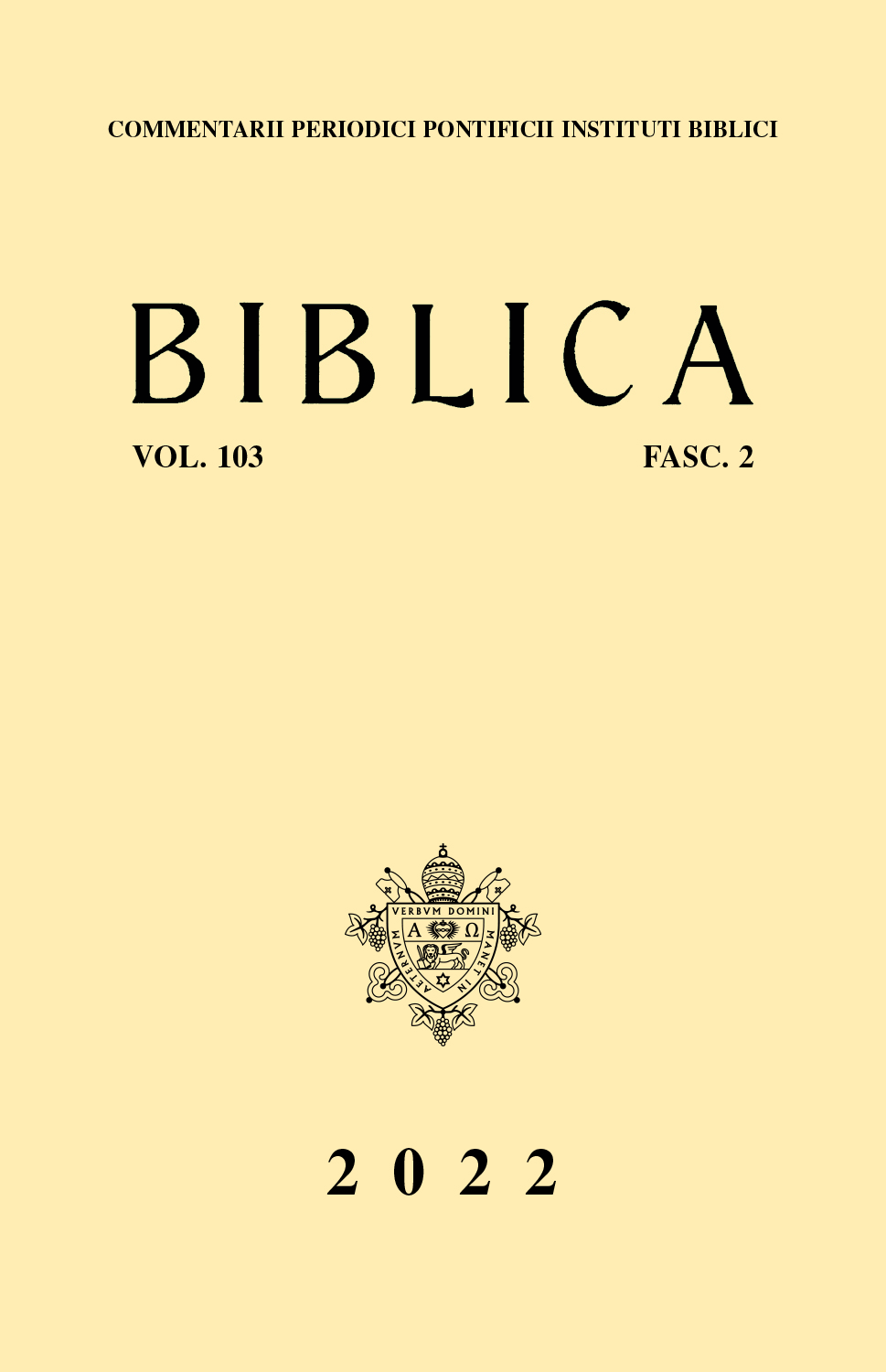 previous article in this issue previous article in this issue | next article in this issue  |

|
Document Details : Title: Beobachtungen zum Verbrennungsritus bei Schlachtopfer und Gemeinschafts-Schlachtopfer Author(s): EBERHART, Christian Journal: Biblica Volume: 83 Issue: 1 Date: 2002 Pages: 88-96 DOI: 10.2143/BIB.83.1.3200295 Abstract : Following an alternative interpretation of 1 Sam 2,13-14, this text depicts the legitimate procedure for claiming the priest’s portion of a sacrifice (זבח). In particular, this method ensured that the fat could be offered to JHWH by turning it into smoke before any human being received his share. It was, however, violated by the sons of Eli who demanded meat with the fat still in it (V. 15-16). The fact that this violation was considered a great sin, resulting in Eli’s priesthood being revoked, underscores the supreme importance of burning God’s share. Similar features can be observed in the priestly laws about offerings: Concerning the communion sacrifice (זבח שלמים) in Lev 3, the description of turning the fat into smoke comprises more than half of the ritual text. This ritual element is, furthermore, accompanied by three different terms explicating its significance. It is also the only action to be carried out on the most sacred altar of burnt offerings. Finally, it is the burning of the fat which establishes the sacrificial nature of the entire ritual in 1 Sam 2,12-17 and Lev 3. Consequently, both the sacrifice and the communion sacrifice are considered an 'offering for JHWH'. |
|
